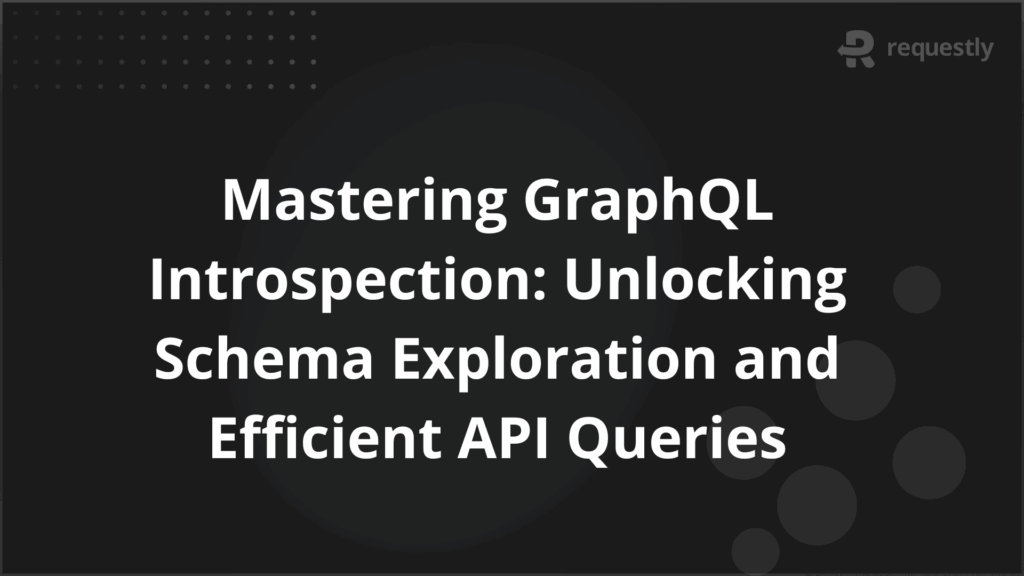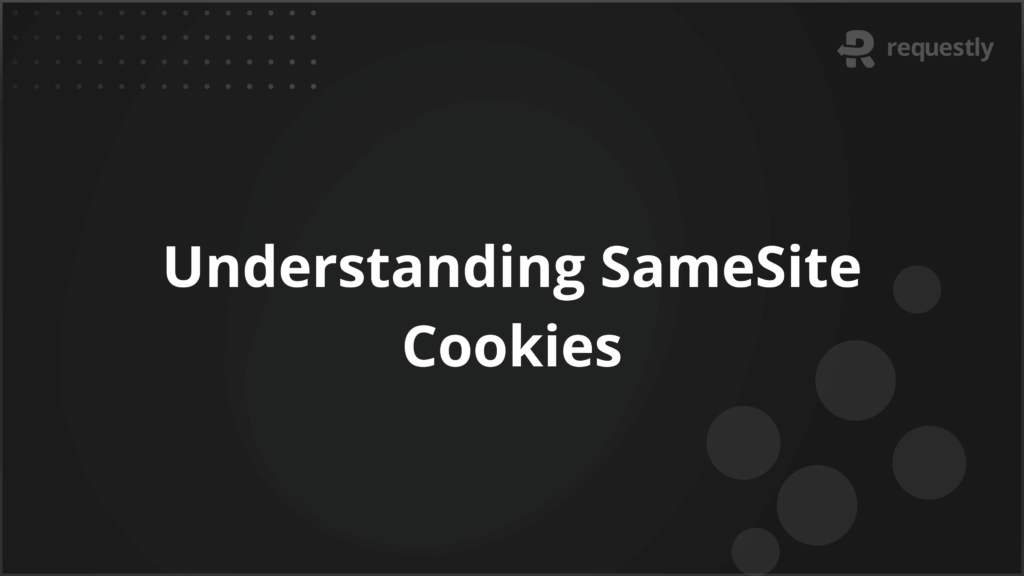Mastering GraphQL Introspection: Unlocking Schema Exploration and Efficient API Queries


GraphQL introspection allows clients to query a GraphQL API about its own schema. This capability makes GraphQL APIs self-describing, enabling developers to explore available types, fields, queries, and mutations dynamically.
This article explores the fundamentals of how introspection works, common use cases, practical query examples, and the benefits it offers.
Understanding GraphQL Introspection
GraphQL introspection is a core feature that enables querying a GraphQL API about its own schema. It provides detailed metadata about the API’s types, fields, queries, mutations, and relationships, allowing developers to dynamically explore and understand the structure of the API.
This self-descriptive capability is essential for generating documentation, supporting development tools like IDEs, and facilitating schema validation. Introspection helps developers write more accurate queries and adapt to evolving schemas effortlessly, making it a foundational aspect of working effectively with GraphQL APIs.
How GraphQL Introspection Works
GraphQL introspection allows clients to query the API’s schema to discover its structure and capabilities at runtime. Special introspection queries target predefined schema fields such as __schema, __type, and __typename, which provide metadata about types, fields, enums, and root operations available in the API.
When an introspection query is executed, the GraphQL server responds with detailed information about the schema, enabling dynamic exploration without prior knowledge of the API. This feature underpins many developer tools and IDEs, facilitating autocomplete, schema visualization, and automated documentation generation.
By processing introspection responses, developers and tools can build intelligent queries, validate API changes, and improve overall integration efficiency while adapting to evolving schemas seamlessly.
Common Use Cases of Introspection
GraphQL introspection is widely used for:
- Schema Discovery and Exploration: It allows developers to query and understand the structure of a GraphQL API dynamically, including available types, fields, and operations, without relying on external documentation.
- API Documentation Generation: Introspection data can be used to automatically generate up-to-date and accurate API documentation, eliminating manual efforts and discrepancies.
- Query Optimization and Validation: Introspection helps developers craft efficient queries by understanding the schema’s shape, avoiding over-fetching or under-fetching data.
- Compatibility and Testing: It supports automated testing, ensuring client applications stay compatible with evolving APIs by dynamically adapting to schema changes.
Overall, introspection empowers developers with deeper insight and control over GraphQL APIs, streamlining development, debugging, and integration processes.
Sample Introspection Queries
GraphQL introspection queries enable clients to explore the schema and gain detailed insights into the API’s structure. Here are some common examples:
1. Fetch All Types in the Schema
query {
__schema {
types {
name
kind
description
}
}
}
This query lists all types defined in the schema including objects, interfaces, enums, and scalars.
2. Get Fields of a Specific Type
query {
__type(name: "User") {
name
fields {
name
type {
name
kind
}
}
}
}
This retrieves the field names and types for the User type, helping understand its structure.
3. Retrieve Available Queries
query {
__schema {
queryType {
fields {
name
description
}
}
}
}
Lists all available query operations in the API with their names and descriptions.
4. Retrieve Available Mutations
query {
__schema {
mutationType {
fields {
name
description
}
}
}
}
Lists all mutation operations supported by the API, useful for understanding write capabilities.
These queries form the base for dynamic schema exploration, auto-generating documentation, and building intelligent developer tools. They enable clients to adapt dynamically to evolving APIs without manual schema knowledge.
Benefits of Using Introspection
GraphQL introspection offers several key benefits that enhance the development and maintenance of GraphQL APIs:
- Improved Developer Experience: Introspection allows developers to dynamically explore the schema, leading to faster understanding and more efficient query construction.
- Automatic Documentation Generation: It enables the creation of accurate, up-to-date API documentation without manual intervention, reducing errors and saving time.
- Tooling Support: Popular GraphQL tools and IDEs leverage introspection to provide features like autocomplete, schema visualization, and validation, boosting developer productivity.
- Easier Debugging and Troubleshooting: By revealing detailed schema structure and metadata, introspection aids in identifying errors and inconsistencies in the API.
- Adaptability to Schema Changes: Introspection helps client applications automatically adjust to evolving schemas, ensuring compatibility and reducing maintenance overhead.
- Simplifies Complex API Usage: Especially for large or complex APIs, introspection gives a clear view of available types and operations, making API integration smoother.
Simplify GraphQL Debugging with Requestly HTTP Interceptor
Requestly HTTP Interceptor is a powerful, browser-based tool designed to make debugging and testing GraphQL APIs easier and more efficient. Key benefits and features include:
- Intercept & Modify Requests: Dynamically intercept and change GraphQL API requests on the fly, including modifying query payloads and variables.
- Target by Operation Name: Filter requests precisely by GraphQL operation name to isolate and debug specific queries or mutations among many.
- Mock API Responses: Easily simulate different GraphQL API responses for testing edge cases and frontend development without waiting for backend updates.
- Custom JavaScript Overrides: Use custom JS code to write dynamic rules for intercepting and modifying requests or responses based on request content.
- Environment Switching: Redirect GraphQL API calls to different endpoints (local, staging, production) without changing client code.
- Real-time Testing: Test API behavior under different scenarios instantly by modifying payload or simulating response delays.
Designed for developers, QA engineers, and teams, Requestly accelerates issue resolution, fosters collaboration, and improves application reliability by providing deep network-level control over GraphQL requests and responses, all without altering production servers.
Conclusion
GraphQL introspection is a powerful feature that enhances API discoverability, tooling, and development workflows by allowing clients to query schema metadata dynamically. It plays a critical role in enabling developers to explore APIs, generate documentation, and adapt to evolving schemas with ease.
However, effective debugging and testing of GraphQL APIs require advanced tools. Requestly HTTP Interceptor stands out by offering precise interception, modification, and mocking of GraphQL requests and responses directly in the browser.
Its targeted filtering, dynamic overrides, and environment-switching capabilities make it invaluable for accelerating development cycles, improving troubleshooting accuracy, and fostering collaboration among teams.
Combining GraphQL introspection with Requestly’s debugging features empowers development teams to build more robust, performant, and maintainable GraphQL applications in today’s rapidly evolving API landscape.

Contents
Subscribe for latest updates
Share this article
Related posts





















